
In physics, a mass balance, also called a material balance, is an application of conservation of mass to the analysis of physical accounting for material entering and leaving a system, mass flows can be identified which might have been unknown, or difficult to measure without this technique. The exact conservation law used in the analysis of the system depends on the context of the ...
WhatsApp: +86 18037808511
Objectives. Upon completion of this lesson students should be able to: Differentiate between different type metallurgical accounting methods and benefit of metallurgical accounting. Recall the definitions of grade, recovery, yield and other characteristics used in mass balancing. Recognize the application of two product formula for balancing.
WhatsApp: +86 18037808511
particles with the hot gases. The improved heat transfer allows the length of the rotary kiln to be reduced. The hot gases from the preheater tower are often used as a source of heat for drying raw materials in the raw mill. Because the catch from the mechanical collectors, fabric filters, and/or EMISSION FACTORS 1/95
WhatsApp: +86 18037808511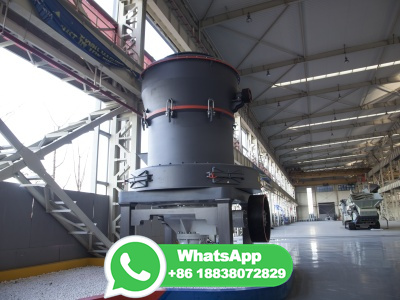
The law of conservation of mass leads to what is called a mass or a material balance. Mass In = Mass Out + Mass Stored Raw Materials = Products + Wastes + Stored Materials. m R = m P + m W + m S (where (sigma) denotes the sum of all terms). m R = m R1 + m R2 + m R3 = Total Raw Materials. m P = m P1 + m P2 + m P3
WhatsApp: +86 18037808511
HEAT AND MASS BALANCE of VRM (mill to cyclone) Date: Raw feed condition: Rate: 265: mt/h: Temperature: 35 °C: Moisture: %: Raw meal collected at cyclone: Rate : mt/h: Temperature (after cyclone) 83 °C: Moisture of mill product: %: Weight of H2O vapor from raw matls.
WhatsApp: +86 18037808511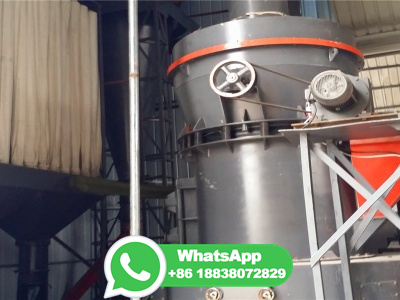
3.~ Nael Shabana 20103~ Ventilation Grinding and Generation of Heat Heat Generation in Tube Mills Cooling Procedures During Finish Grinding Heat Balance for Mill Cooling Cement Mill Specific Power Consumption Calculation of Cement Mill Power Consumption Calculation of the Specific Consumption of Energy per Ton of Clinker Air Separator Types of Separator ...
WhatsApp: +86 18037808511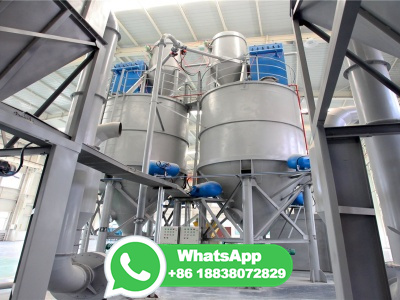
Excel Sheet Calculates Vertical Raw Mill Heat Balance Solution BY Loesche Ahmed Adel Head of Quality and laboratories Published Jul 11, 2018 + Follow Amazing simple tool to calculate...
WhatsApp: +86 18037808511
material balance around raw mill in cement heat mass balance for vertical raw mill BINQ Mining. heat mass balance for vertical raw mill Grinding Mill China. mass and heat balance calculator (Vertical ...
WhatsApp: +86 18037808511
1. The mass balance is based on the law of conservation of mass. 2. Mass balance may refer to total mass balance or component mass balance. 3. Control volume is a region in space surrounded by a control surface through which the fluid flows. 4. Only streams that cross the control surface take part in the mass balance. 5.
WhatsApp: +86 18037808511
Example1: Heat Balance in a Boiler. A heat balance is an attempt to balance the total energy entering a system ( boiler) against that leaving the system in different forms. The Figure illustrates the heat balance and different losses occurring while generating steam. Example2: Mass Balance in a Cement Plant
WhatsApp: +86 18037808511
Heat balance calculators The calculation of the thermical balance of the ball mill is now proposed according 2 methods: The first method, we know the ventilation of the mill + the cement temperature and we want to calculate the water quantity we need to inject in order to get the temperature at mill outlet we would like to have.
WhatsApp: +86 18037808511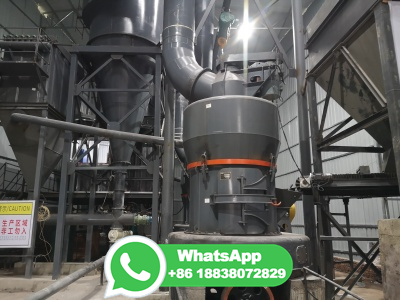
Mass balance gives 700 tons underflow and 300 tons overflow. Volume of solid in feed = volume of solid in underf 5 4 4 4. L ; 4 4. E 7 4 4. 6 5 9 311m Volume of water in feed L311 H : 9 7 9 7 7 7. L578m 7. Volume of water in underflow H578 L231m 7 in underflow L 6 5 ;. ; H 5 4 4. ; > 6 7 5. Solids concentration. L
WhatsApp: +86 18037808511
Strawberries contain about 15 wt% sugar and 85 wt% water. To make strawberry jam, crushed strawberries and sugar are mixed in a 45:55 mass ratio, and the mixture is heated to evaporate water until the residue contains onethird water by mass. Draw and label a flowchart of this process. Do the degreeoffreedom analysis and show that the system ...
WhatsApp: +86 18037808511
Mass balance in raw mill system. Operation of the system involves input of materials, hot gas, and ambient air. The output includes raw meal, steam, and exhaust gas and dust. A mixed material, having a humidity rate of %, moves from the material silos into the raw mill.
WhatsApp: +86 18037808511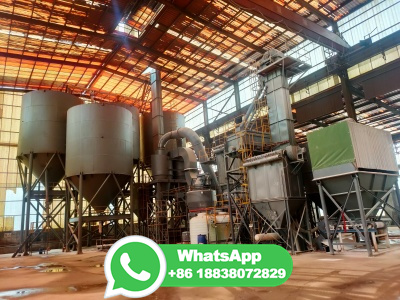
Heat balance show where or how the fuel heat is consumed based on the simple principle of input = output [2, 3]. Unnecessary energy losses can be easily detected, the principle of heat balance may be easily transferred to another system such as preheater, cooler, and drying system.
WhatsApp: +86 18037808511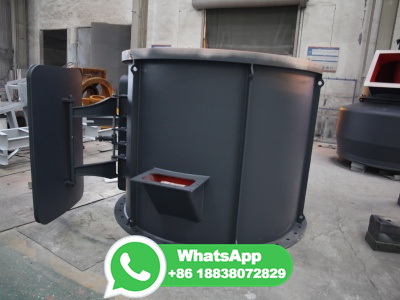
total mass of input = total mass of output. A material balance is an accounting for material. Thus, material balances are often compared to the balancing of current accounts. They are used in industry to calculate mass flow rates of different streams entering or leaving chemical or physical processes. The General Balance Equation
WhatsApp: +86 18037808511
The basic idea of the heat balance module is that the user specifies the IN1 and OUT1 species, temperatures and amounts and the Heat Balance module automatically calculates the heat and material balances using the BAL sheet.
WhatsApp: +86 18037808511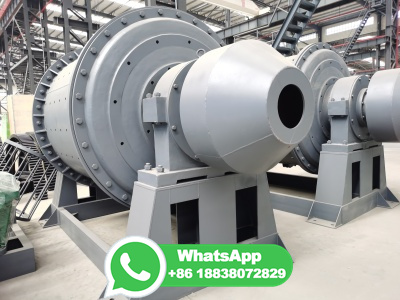
For a steadyflow process to find work, heat interactions, and energy efficiency, the following equations are applied to steadystate. Mass balance. Eq. (1) represent mass balance of the system, which is expressed below (1) Σ m ̇ in = Σ m ̇ out. Bejan [35], expressed ṁ as the mass flow rate, while the subscript 'in' is inlet and ...
WhatsApp: +86 18037808511
The fractionated oil comes from the refining process. The purpose of the mass balance comparison is to determine the quality and quantity of oil produced from the refinery and fractionation processes.
WhatsApp: +86 18037808511
The following diagram illustrates an example of the mass flows in a cement plant and the mass balance of a kiln system from raw meal (RM) to clinker. Figure 2: Schematic diagram of material and dust flows in a cement plant.
WhatsApp: +86 18037808511
ing (, plugging the hammer mill screen or blocking the air classifier of a jet mill), and collection (, plugging the bag filters). There are two ways to grind sticky materials. The first solution is to dry the material prior to grinding, or dry and grind it at the same time by sweeping hot air through the mill.
WhatsApp: +86 18037808511
Raw primary sludge particle size distribution is greater than 7 mm (5 to 20 ), 1 to 7 mm (9 to 33 ), and smaller than 1 mm (50 to 88 ), of which about 45 is ... The specific heat of a mixture of primary and thickened activated sludge is to x 103/kgK. The heat value of combustion of sludge dry solids equals ... MASS BALANCE.
WhatsApp: +86 18037808511
raw water mass balance of water consumption and effluent generation 600 440 100 60 process water service water potable water 80 10 10 cool. tow. d. m. plant ind. use wash. misc. fire 200 0 3021 boiler cond. 40 100 50 200 70 90 50 10 50 note: 310 wastewater all the values in cubic meter / hour.
WhatsApp: +86 18037808511
msa=mass of secundary air in kg/h. mta=mass of tertiary air in kg/h. mca=mass of cooling air in kg/h. The calculation in the division heat balance tool is considering the exact enthalpy of the cooling air in the. recuperation zone, which is typically higher compared to the average enthalpy of the cooling air.
WhatsApp: +86 18037808511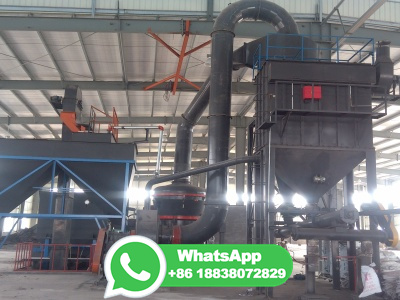
12. © Confederation of Indian Industry Numerical No 1 Requirement: sensible heat of Product + Sensible heat of gas + Latent heat Sensible heat of flue = 24 x1000 x1x90 = Mkcal Sensible heat of Pro. = (300243) x (9025) = Mkcal Moisture in product = 3 x 1x (9025) = x 104 Mkcal Latent heat = 540 x 24 x1000 = Mkcal (...
WhatsApp: +86 18037808511
4. Write the overall heat balance for the burner device. Streams entering at the reference temperature of 25 °C have zero heat content. Burn the NatGas at 25 °C and heat the combustion products from 25 °C to 1800 °C. Sum the heat effect factors for each stream, and the heat loss, and set the sum to zero. The only unknown is the heat loss.
WhatsApp: +86 18037808511